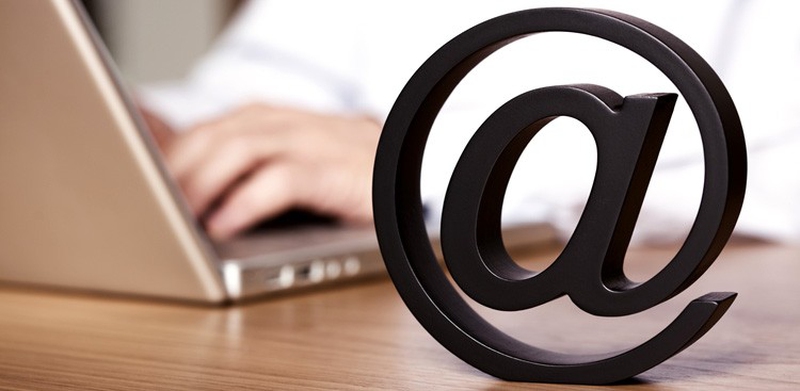Whenever you send out a business email, make sure you make use of the right etiquette, but this is most important when it comes to introducing yourself to a new client, employer, colleague, etc. While the worst case scenario is failing to make any kind of introduction, a number of procedures will enable you make a good first impression through email messages.

How to Introduce Yourself in an Email: 8 Significant Rules You Need to Know
Remember Subject Line
For people who act as intermediary between people, you may like to start your email with a good subject line. This may seem like a very minor issue, but using simple and easily coherent subject lines, will always provide the best introduction. But make sure your subject line is not too simple or lacks adequate information such as a mere Introduction, even if it is in the right direction. Using an introduction that has your name would be most appropriate.
Address Your Recipient Properly
The right way to start your email is to start with, Dear, and write your name after that. Using your surname and prefix may seem old-fashioned, but it is very suitable in more formal settings. Supposing you don't know the name of the recipient, start with To Whom It May Concern. Nevertheless, always try to know the recipient's name, because personalizing that message to the person you are sending it to will ensure you look dedicated and professional.
Who You Are
Give your full name. Begin by writing your first name and last name, like, Hi, my name is Julian Warchild, do this even if the recipient is well known to you. This will remove any confusion that might arise if the recipient has another friend who has a similar name as you. It also lets you have your full name recorded in their contact list or write it down on their diary or calendar if you have scheduled an appointment with them.
Apart from letting them know your name, they have known your area of expertise, your place of work, and having words like apprentice lets them know you are applying for a job. Your email will either get deleted, read, or filed, because you have provided adequate information for your recipient know how relevant the email is to them. And this is important for how to introduce yourself in an email.
Explain
Let the recipient know how you got their email. Let them know how you got their contact information. This will prove to them that you followed due process to get in touch with them.
I was given your email address by your office manager
I got your email address from your site
So-and-so asked me to get in touch with you.
What You Want
Give more reasons why you are writing; this will form the bulk of your mail. Once you can get your recipient to keep reading to this point, it shows they have interest in you and whatever it is you want from them, here you can give more information to supplement your opening statement. Nevertheless, don't forget that no one has all the time in the world to go through your large paragraphs, so make sure you write succinctly and clearly. I write with regards to... can be a good way to begin your email.
Give Your Reason for Getting in Touch
If you are making further requests or asking for more advice, ensure its manageability, most especially if it is your very first contact with the recipient.
I want to learn more about...
I would love to meet with you anytime soon to talk about...
I need your opinion on...
Sign Off
Thank your recipient for his/her time. Nobody has the time to go through every email, so make sure you thank them for finding the time to go through your email. Your courtesy can go a long way to improve the mood of your recipient and increase your chances of getting a response.
Finish your email with things like, yours sincerely, kind regards, or the more informal all the best, and finally your full name and mail signature. Keep your signature simple; a single email address, a single phone number and a link.
Cautions
For how to introduce yourself in an email, there are some cautions you must be aware of. When introducing yourself, make sure you proofread the mail and edit it thoroughly before sending it out. This is your only chance of making one decent impression, and a single typo can be all your email needs to end up in the trash.
Use a simple font. Use fonts like Calibri, Arial or Times Roman and choose an easy to read font size. Using font 12 in your email will enable the recipient read it without squinting.
Keep it simple and short. A lot of people skim emails and read the paragraph only. Make sure you maintain a very short message, about 2-3 paragraphs. Make sure you do not include as many sentences as possible in every paragraph. Make sure you leave a space between two paragraphs and a space before the closing remarks and signature.

View All Comments /Add Comment